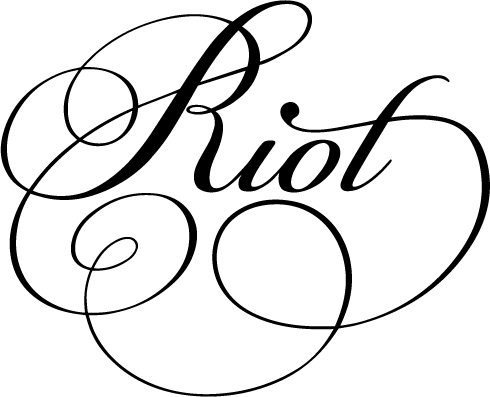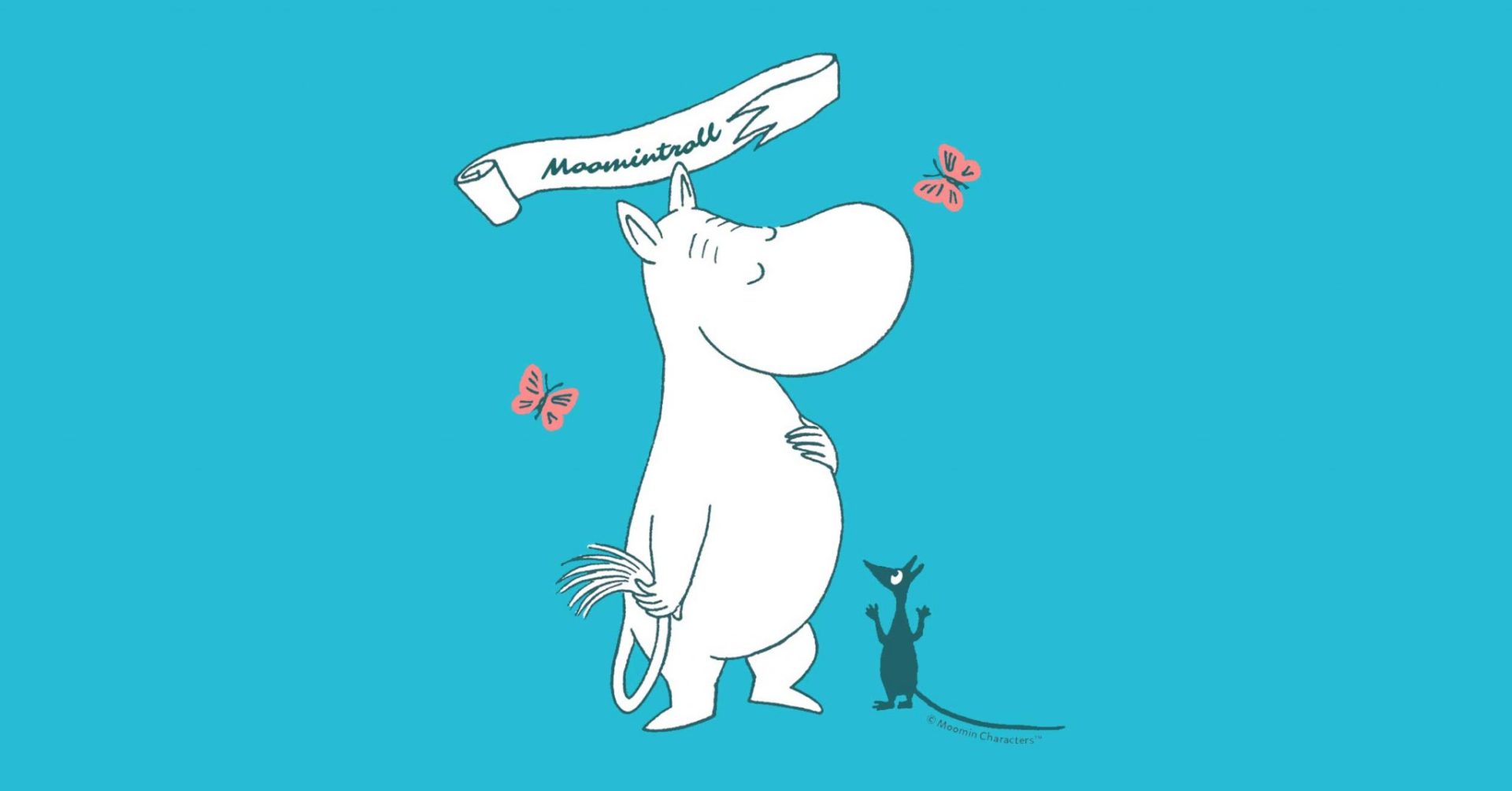This article first appeared in Total Licensing.
At Riot Communications, we’re lucky to have worked with some of the world’s most-loved family brands – from literary classics like Beatrix Potter’s Peter Rabbit and Astrid Lindgren’s Pippi Longstocking, to stars of the screen including Aardman’s Shaun the Sheep and Wallace & Gromit.
We were recently asked by our long-standing client Moomin Characters to pen new long-form profiles for all the key characters in Tove Jansson’s Moomin stories – which was a great honour, as these profiles are used so extensively, from the brand’s consumer-facing website to its guidelines for licensees – and it got us thinking about best practice when copywriting for family brands.
Here are five top tips we wanted to share:
- Go back to the source. Whether the source material for the brand is a set of books, comics, scripts, a film, TV series or game, the best way to prepare for a copywriting task is to re-immerse yourself in the world of the brand as it was first imagined by its creator. What’s the atmosphere like? What are the values that come through in the source material? What stylistic choices have been made? What effect does that create? Actively thinking about these questions will deliver the best results – but even just reading a few pages or watching a couple of short clips should help get you into the right mindset.
- Know your characters. We love working with character brands and have learnt a thing or two over the years about why certain characters appeal more deeply than others. The trick is tension – characters that are one-dimensional can serve a purpose, but the ones that stay with us are the ones who are more complex and contradictory. For example, in the Moomin stories, Moomintroll both loves adventure and continually seeks the warmth and safety of his family home. His best friend Snufkin is both fiercely independent and utterly reliable: although he leaves for a solo adventure each autumn, he faithfully returns to Moominvalley every spring. Finding the tension in your characters will help unlock what really makes them tick.
- Pay homage. In most cases, you won’t want to be exactly mimicking the original creator or source material, but you should pay homage to their style – so it’s important to be familiar with it. What tone does the source material take? Are there particular sayings or turns of phrase that the creator (or characters) use? What reading age is it aimed at? Think about how you can capture something of the creator’s or the character’s voice in what you’re writing – this can be subtle yet still reminiscent of the original material.
- Offer something for both children and adults. The most beloved family brands appeal to all ages by offering something for grown-ups as well as for kids. Can you work in some humour or philosophy or worldly wisdom that will speak to older readers, without making the text inaccessible or incomprehensible to children? The key to this is creating layers of meaning, so that different people can take different things from the text.
- Have fun. This should be obvious – but if you’re not having fun writing something, how likely is it that people are going to have fun reading it? Be playful, be free, and let your love of the brand shine through. You can always tone it down in subsequent drafts, if required, but it’s better to have an abundance of enthusiasm that you can edit down later than not enough warmth or passion coming through in your writing.
If you’re keen for further inspiration, you can read some of our new character profiles for Moomin Characters here and here.
Caitlin Allen, MD, Riot Communications
Image: © Moomin Characters™




